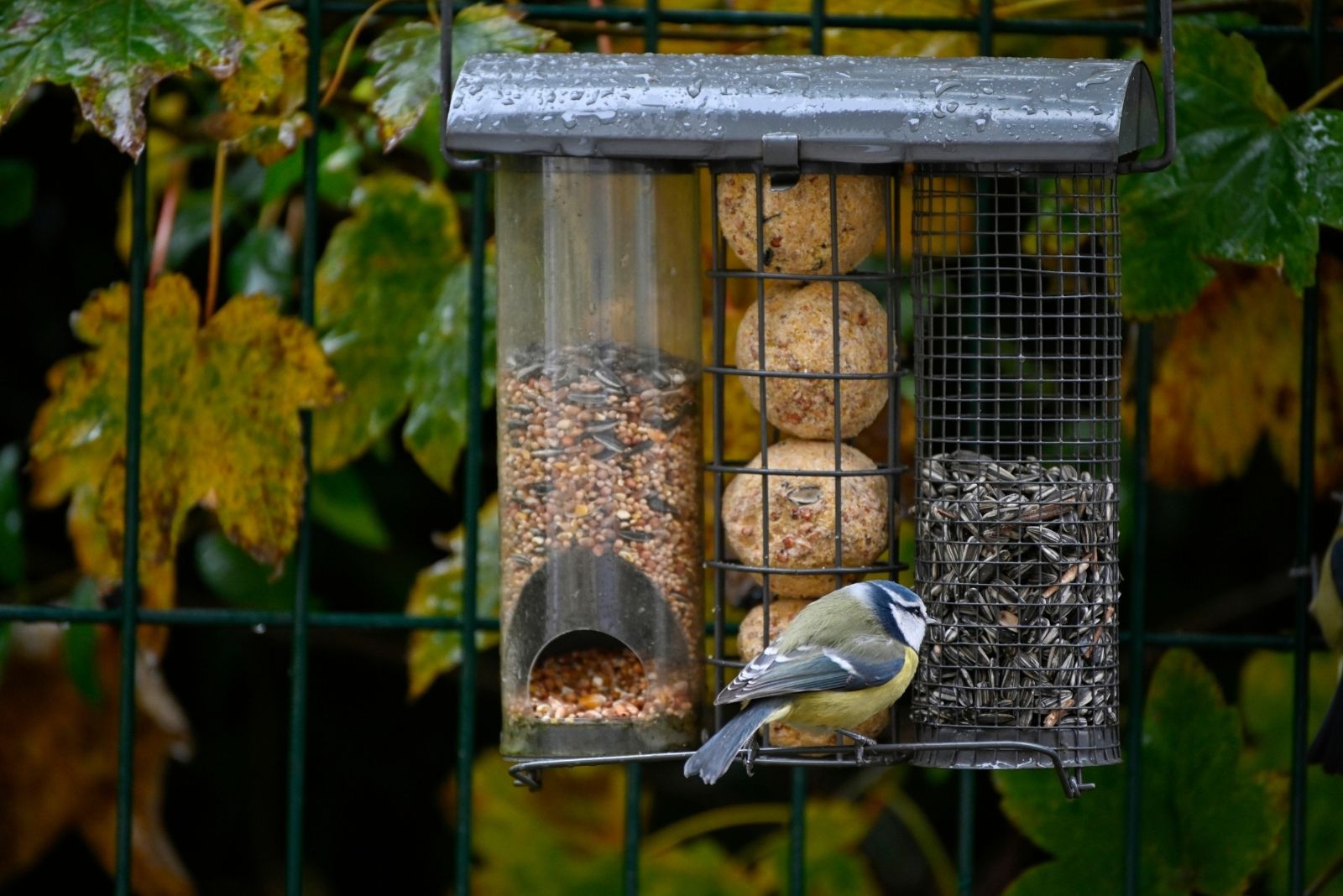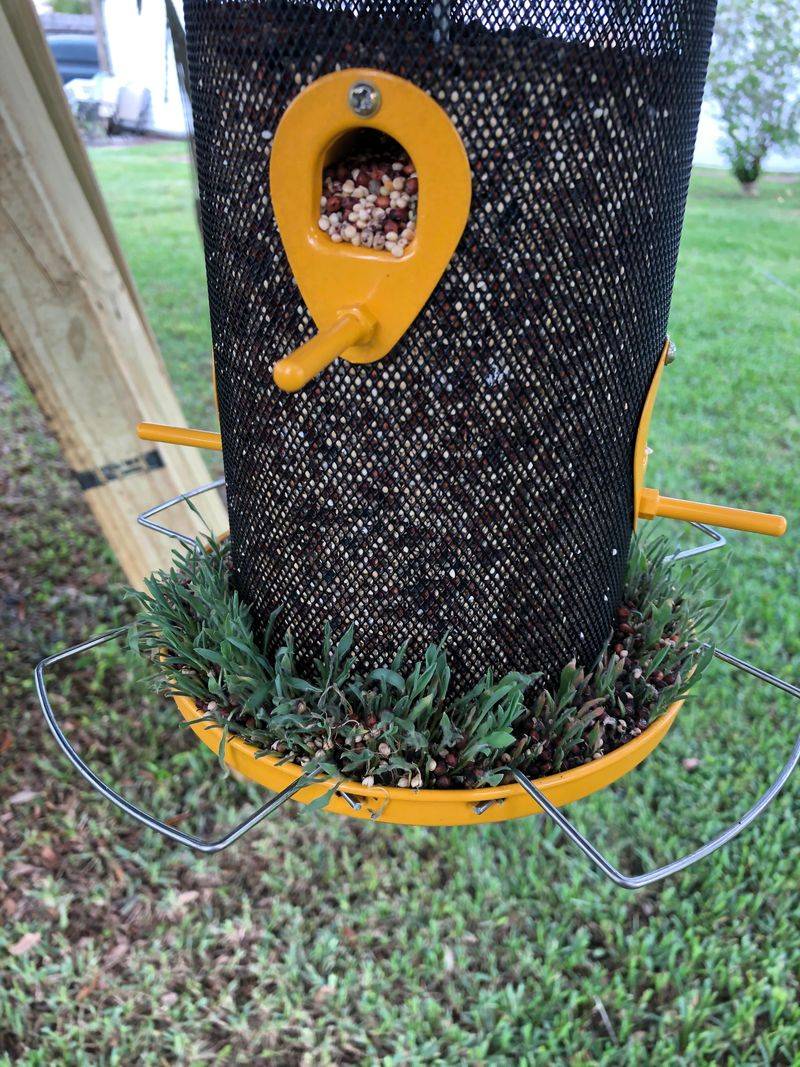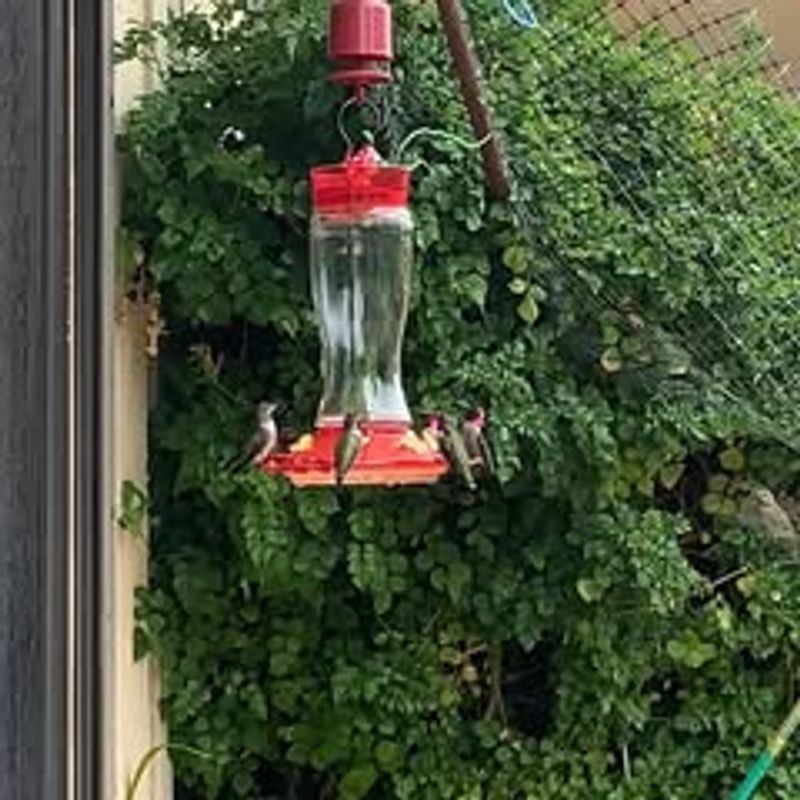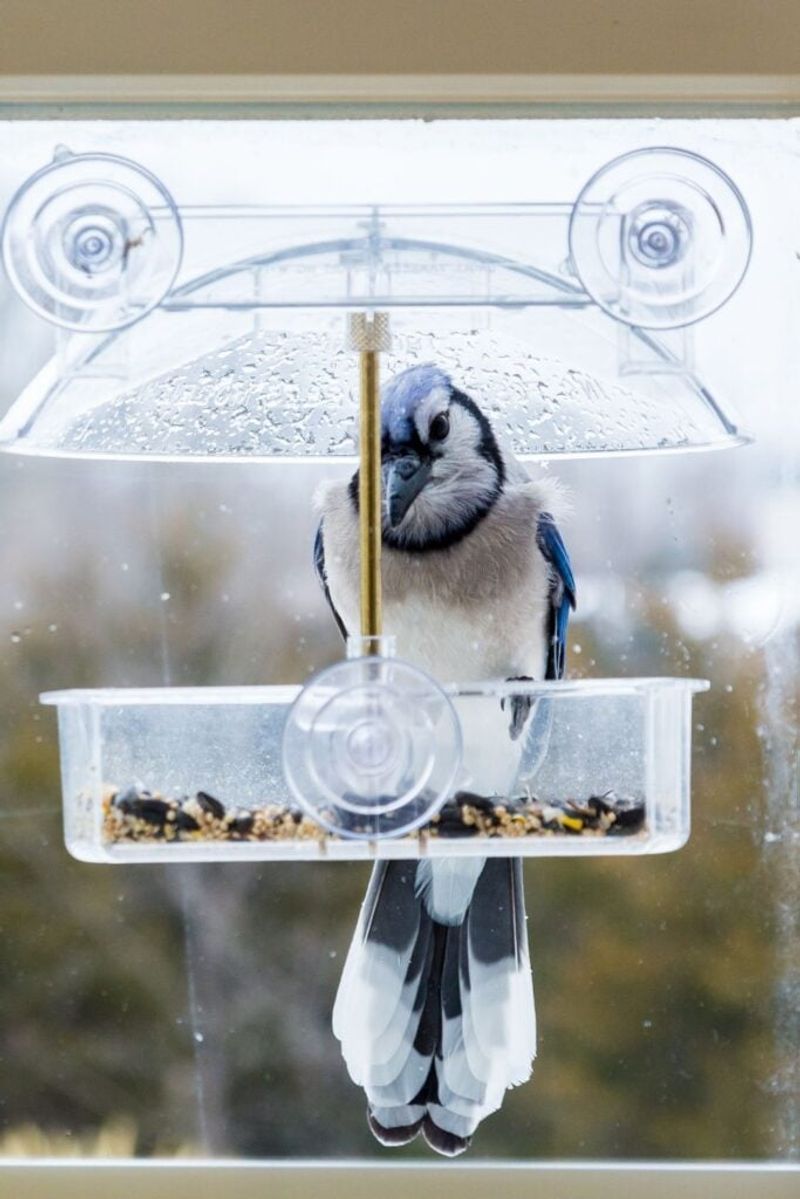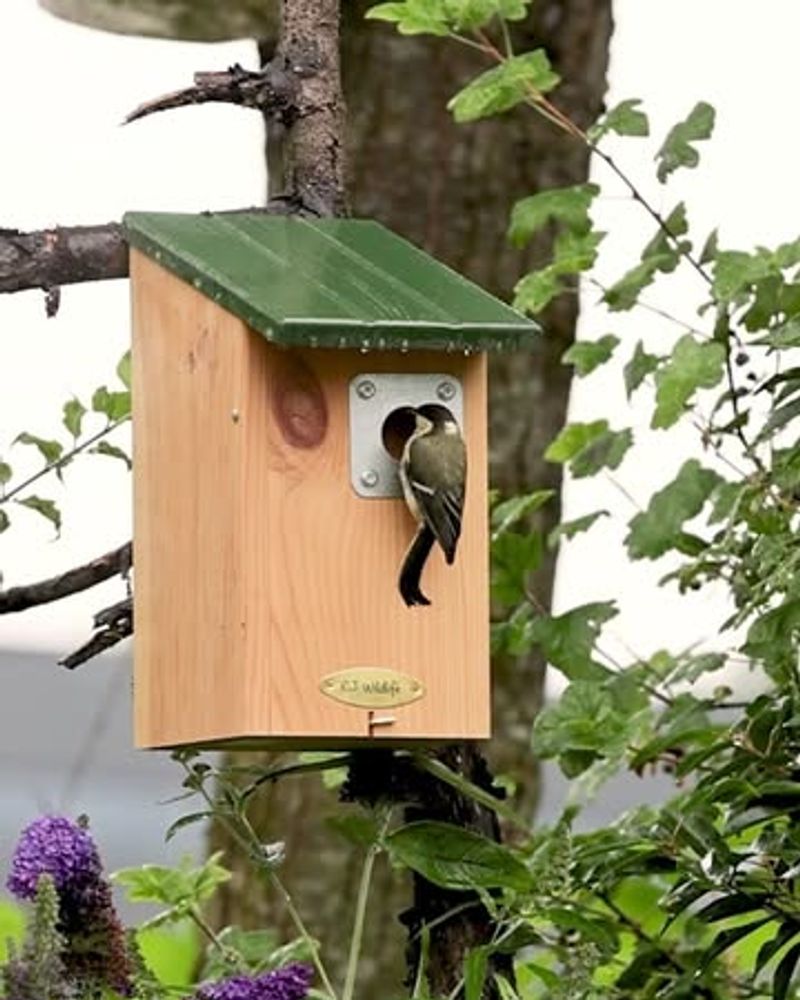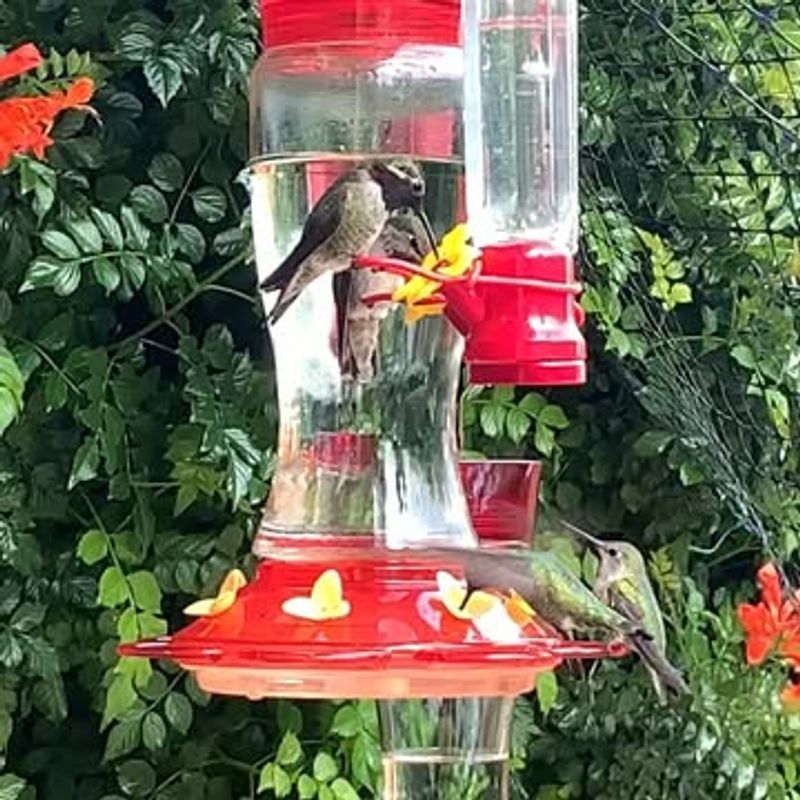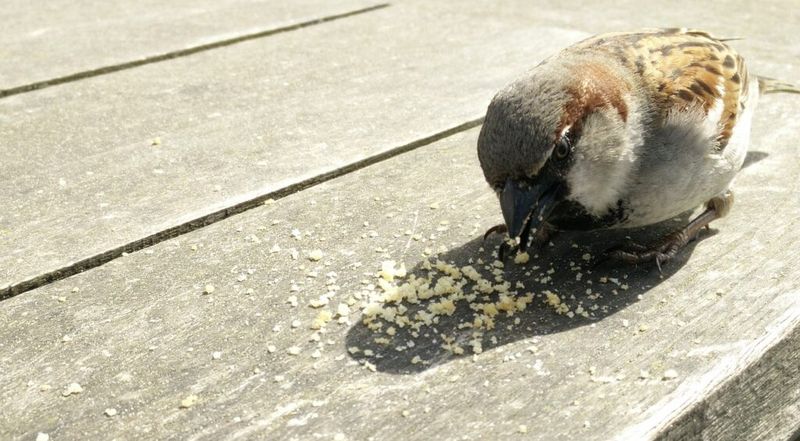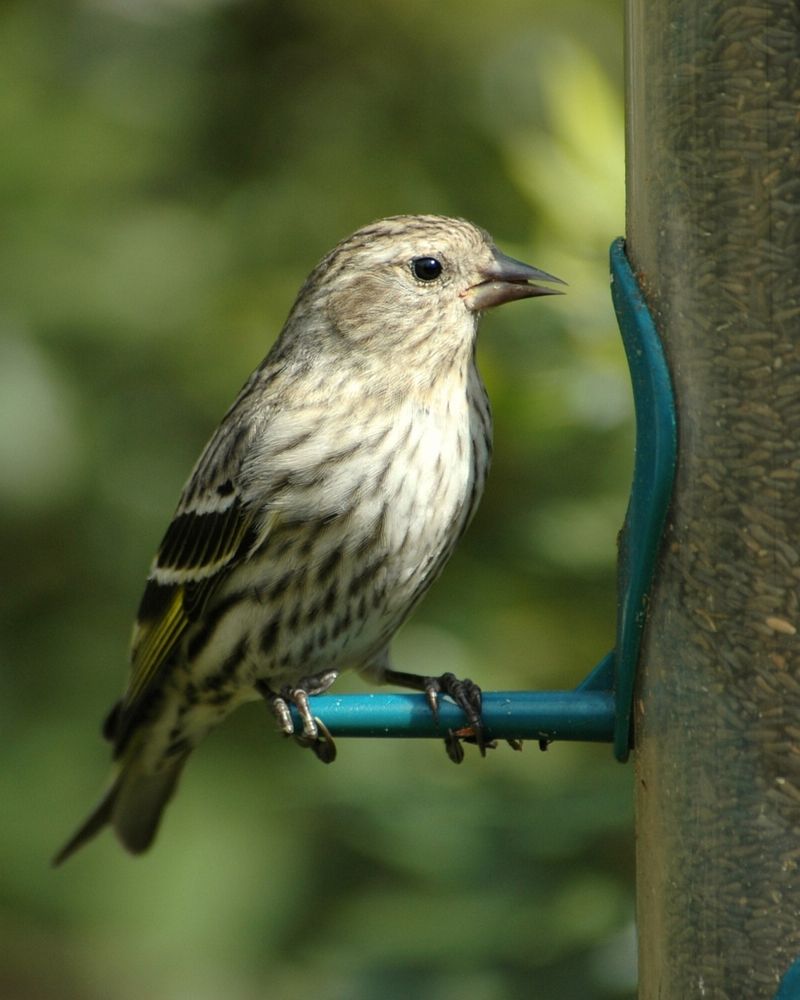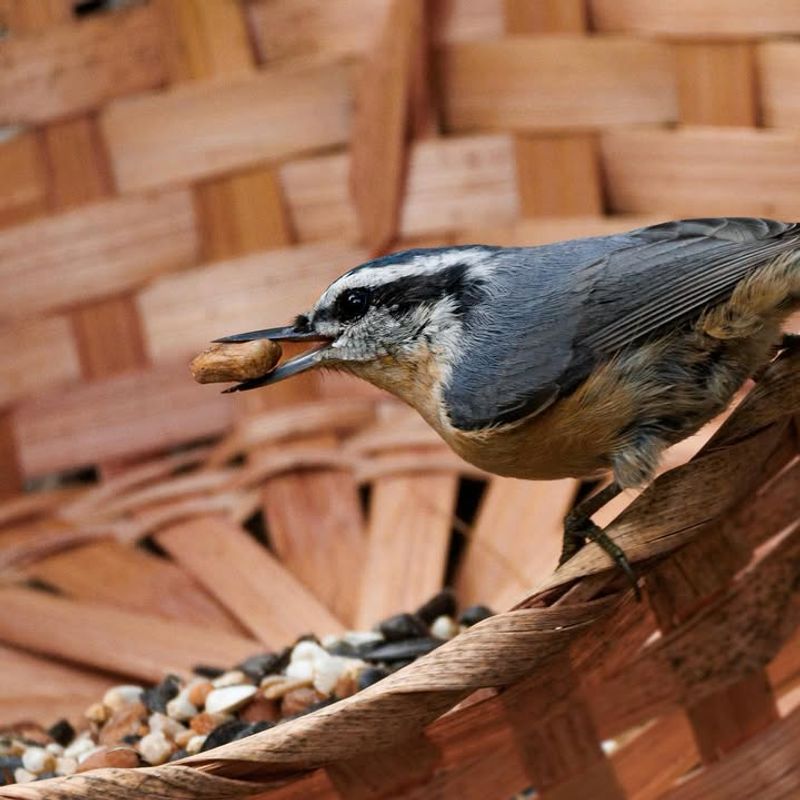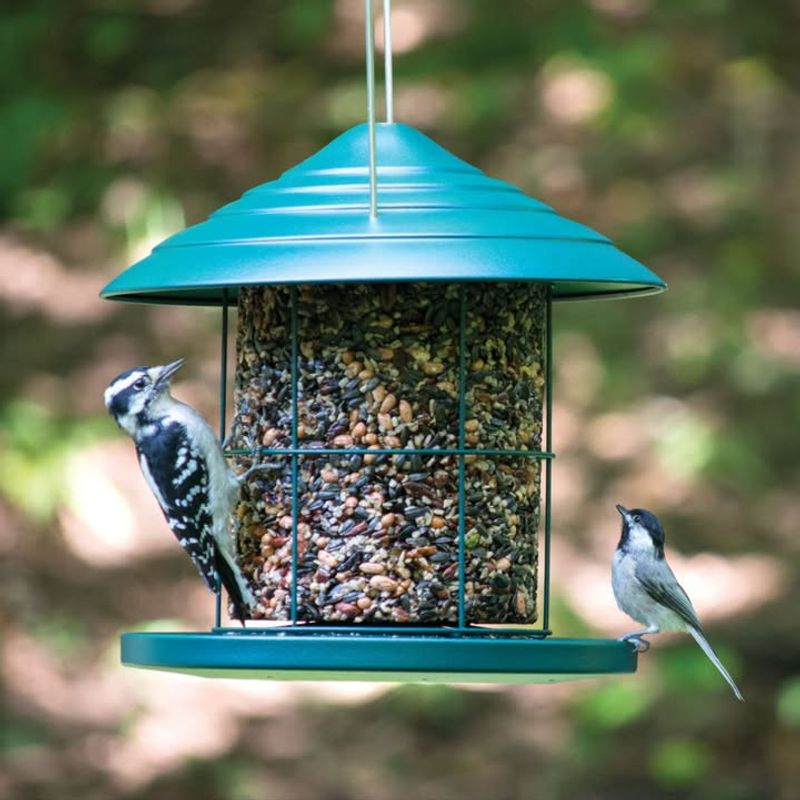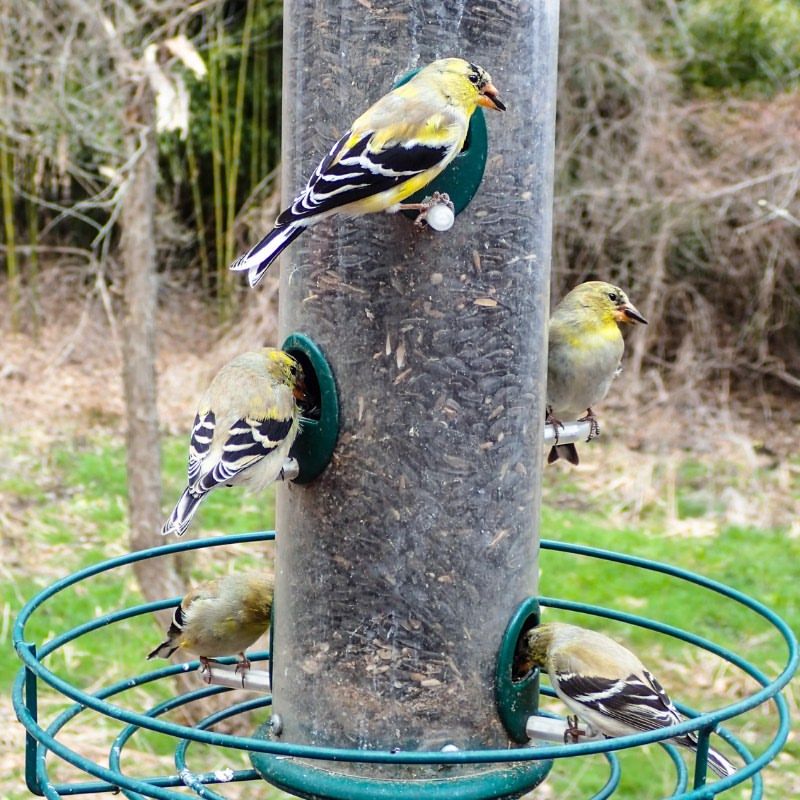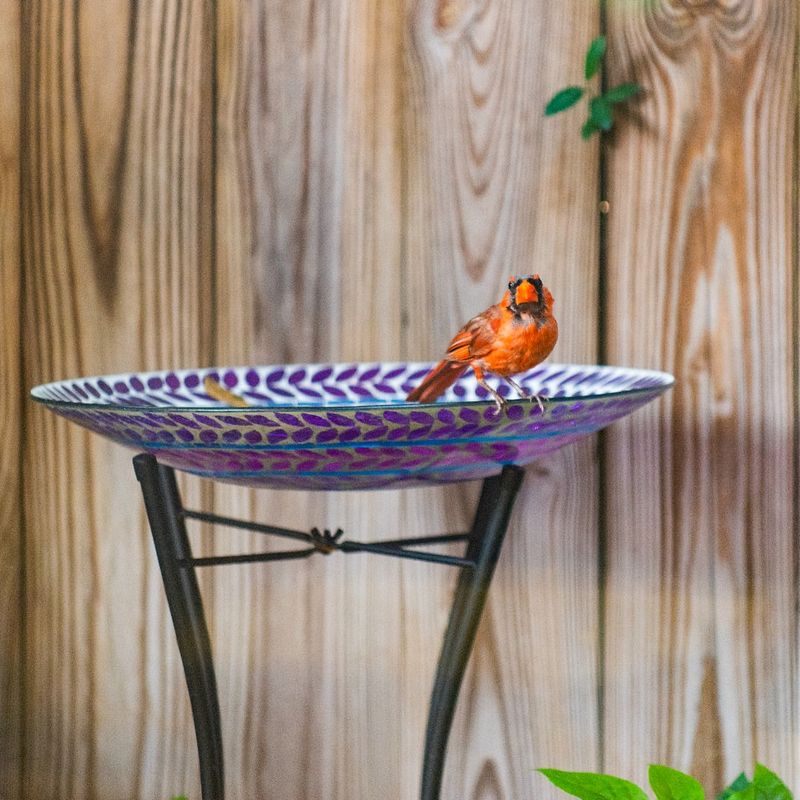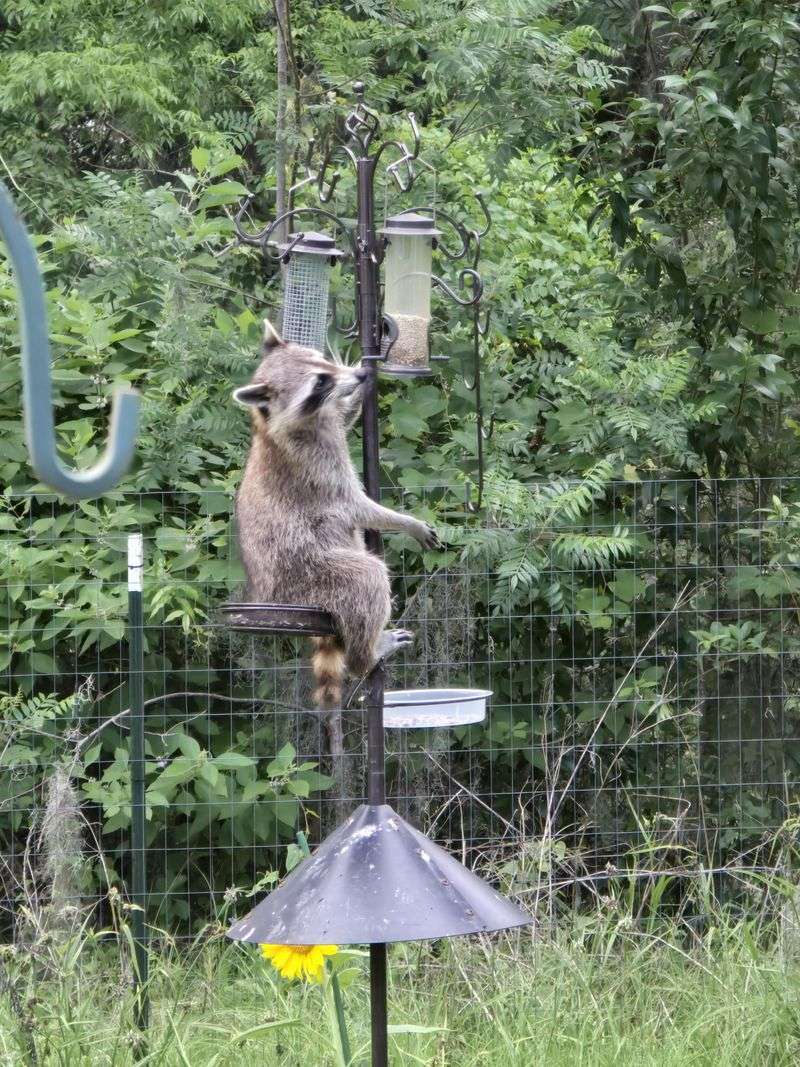Bird feeders are a staple in Minnesota gardens, especially during our harsh winters when wild birds need extra help. However, common mistakes can turn these helpful tools into serious hazards for our feathered neighbors.
I’ve learned that even a small oversight like wet seed can cause big problems for local birds. Understanding what not to do is just as important as knowing what to do right.
1. Using Moldy Or Spoiled Seed
Wet conditions cause seed to rot quickly, creating dangerous mold that birds can inhale or eat. In my Minnesota backyard, I’ve noticed how keeping feeders clean really changes bird behavior. Sick birds often show fluffed feathers and lethargy after eating contaminated food.
Check your feeders every few days, especially after rain or snow. Toss out any seed that looks clumped, smells musty, or shows dark spots.
Clean feeders thoroughly with a diluted bleach solution monthly. Store extra seed in airtight containers inside your garage or shed to prevent moisture damage and keep it fresh longer.
2. Forgetting To Clean Feeders Regularly
Bird droppings and old food build up fast, turning feeders into germ factories. Diseases like salmonella spread rapidly when multiple birds visit the same contaminated surface. For me, watching chickadees avoid a feeder full of moldy seed was a real wake-up call.
Scrub feeders with hot soapy water at least once every two weeks. Use a bottle brush to reach tight corners where bacteria hide.
Rinse thoroughly and let everything dry completely before refilling. Rotating between two feeders makes maintenance easier since one can dry while the other stays in use.
3. Placing Feeders Too Close To Windows
Window strikes kill millions of birds annually because glass reflections confuse them during flight. Feeders positioned within three feet of windows actually reduce collision deaths since birds can’t build up dangerous speed. Conversely, feeders placed four to ten feet away create the worst risk zone.
Either mount feeders directly on windows using suction cups or place them more than thirty feet away. Apply window decals or screens to break up reflections.
Consider moving feeders if you find stunned or dead birds below your windows regularly throughout the season.
4. Ignoring Predator Safety
Cats and hawks take advantage of poorly placed feeders, turning your feeding station into a hunting ground. Ground feeders especially attract unwanted predators looking for an easy meal. Placement matters more than most people realize when it comes to keeping birds safe from attack.
Position feeders at least ten feet from bushes or other hiding spots where cats crouch. Add baffles to poles to prevent climbing predators from reaching elevated feeders.
Keep pet cats indoors, especially during morning and evening hours when birds feed most actively in Minnesota yards.
5. Overcrowding Your Feeding Station
Too many birds competing for limited space spreads illness faster and increases stress levels. Aggressive species bully smaller birds away from food sources they desperately need. Space matters because crowded conditions force birds into closer contact than they’d naturally choose.
Spread multiple feeders around your yard instead of clustering them together. Provide different feeder types to attract various species and reduce competition.
Watch for signs of overcrowding like constant squabbling or birds waiting in nearby trees. Adding another station twenty feet away solves most territorial disputes naturally.
6. Offering The Wrong Food Types
Bread, crackers, and human snacks lack nutrition birds need and can cause serious health problems. Some foods like chocolate or avocado are actually toxic to birds and can kill them quickly. What seems like a treat often does more harm than good for wild bird populations.
Stick to quality birdseed mixes, suet, and nyjer seed appropriate for Minnesota species. Black oil sunflower seeds attract the widest variety of native birds safely.
Avoid seed mixes with excessive filler grains that birds toss aside, creating waste and attracting rodents underneath your feeders.
7. Neglecting Seasonal Maintenance
Minnesota winters are brutal on outdoor equipment, and feeders crack, rust, or become unusable without proper care. Seed gets buried under snow or freezes solid, making it inaccessible when birds need it most. Summer heat and humidity create different problems that require attention too.
Inspect feeders before winter arrives and replace damaged parts immediately. Clear snow and ice after every storm so birds can actually reach the food.
During summer, increase cleaning frequency because heat accelerates mold growth. Store feeders indoors during extreme weather to extend their lifespan significantly.
8. Using Feeders With Sharp Edges
Broken plastic or rough metal edges cut delicate bird feet and beaks during feeding. Cheap feeders often develop cracks that create dangerous splinters over time. Birds injured at feeders become vulnerable to infection and predators because they can’t fly or feed properly afterward.
Examine feeders regularly for damage and file down any sharp spots you discover. Replace cracked or broken feeders immediately rather than trying to patch them.
Choose quality feeders made from smooth, durable materials designed specifically for bird safety. Spending a bit more upfront prevents injuries and lasts much longer overall.
9. Leaving Feeders Up During Migration
Some experts worry that feeders delay migration by providing easy food when birds should be moving south. However, most research suggests feeders don’t significantly alter natural migration patterns in healthy birds. The real concern is dependency created in individual birds that might struggle without supplemental feeding.
Continue feeding through fall but ensure birds have access to natural food sources too. Plant native berry bushes and seed-producing flowers throughout your yard.
Consider reducing feeder offerings gradually in spring to encourage natural foraging behavior as insects and wild seeds become available again across Minnesota.
10. Positioning Feeders In Direct Sun All Day
Intense sunlight heats seed to dangerous temperatures and speeds up spoilage dramatically. Fat-based foods like suet melt into unusable messes that can actually coat bird feathers. Seed oils turn rancid faster when exposed to heat, creating food that smells and tastes bad to birds.
Hang feeders where they receive morning sun but afternoon shade during hot months. Move feeders seasonally to take advantage of changing sun angles.
Switch to seeds with lower oil content during summer or offer fresh fruit instead. Monitor food quality more closely when temperatures climb above eighty degrees regularly.
11. Failing To Provide Fresh Water
Birds need clean water for drinking and bathing year-round, not just during summer heat. Dry seed diets make water even more essential for proper digestion and health. Without water nearby, birds waste energy flying elsewhere to find it, especially dangerous for young or weak individuals.
Add a birdbath within sight of your feeders for convenience and safety. Change water every two days to prevent mosquito breeding and disease spread.
Use heated birdbaths during Minnesota winters when natural water sources freeze solid. Keep water depth shallow, around two inches maximum, so small birds can bathe safely.
12. Attracting Unwanted Wildlife
Spilled seed attracts rats, raccoons, and bears depending on your Minnesota location. These visitors spread disease, damage property, and scare away the birds you’re trying to help. Once established, wildlife problems become difficult and expensive to solve without removing feeders entirely.
Use feeders with catch trays to minimize spillage and clean up dropped seed daily. Bring feeders indoors overnight in areas with bear activity.
Install squirrel baffles and choose feeder designs that discourage larger animals. Store seed in metal containers that rodents can’t chew through inside your home or garage.

